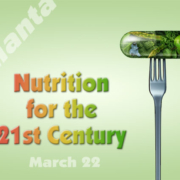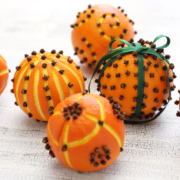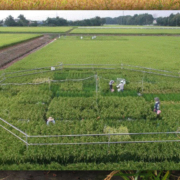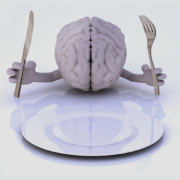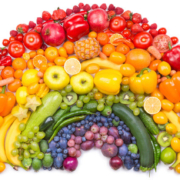I’m Recommending a Broccoli Bath
This week’s final question is whether cooking destroys the nutrients in vegetables. If it does, is there any method better than others for preserving the nutrient content? Let’s take a look.
Researchers examined three cooking methods with several vegetables including broccoli. The methods were boiling, sous-vide cooking, and water immersion cooking at temperatures below 212 degrees F, water’s boiling point. The objective was to see the effect on phytonutrient content of each vegetable.
Your first question is probably this: what is sous-vide cooking? I didn’t know even after all the cooking shows I’ve watched. Sous-vide is French for under vacuum. The general idea is that the food is placed in a plastic bag, air is removed by vacuum, and the food is cooked in a water bath at relatively low temperatures (130–150 degrees) for a longer period of time. A low-tech alternative is to place the vegetables in a plastic bag, immerse the bag in water until the air escapes, and submerge it in a low-temp water bath during cooking.
Which worked best? Sous-vide cooking preserved chlorophyll, carotenoids, phenolic content, and antioxidant activity to a greater extent than boiling for all of the vegetables tested. Second was cooking in hot water below the boiling point (150–160 degrees). The lower temperature improved the qualities of the samples cooked in water including the color of the vegetables. Boiling resulted in the greatest loss of the most nutrients.
If you usually microwave broccoli as we do, that’s a good method as well. It compares most closely with cooking vegetables at a low temperature as long as you cook it for as short a time and with as little water as possible. A microwave steamer is your best bet.
The important point is that cooking, including boiling, does not remove all beneficial nutrients. Probiotics will be sacrificed but some vitamins, minerals, and phytonutrients will still be in the cooked broccoli.
The Bottom Line
The bottom line on broccoli, as well as almost all vegetables, is that processing, whether by cutting, freezing, or cooking, will not remove the nutrients from the vegetables. The most important thing you can do is to eat them. The benefits to your body will be there.
What are you prepared to do today?
Dr. Chet
Reference: Food Chem. 2017 Feb 15;217:209-216. doi: 10.1016/j.foodchem.2016.08.067.



